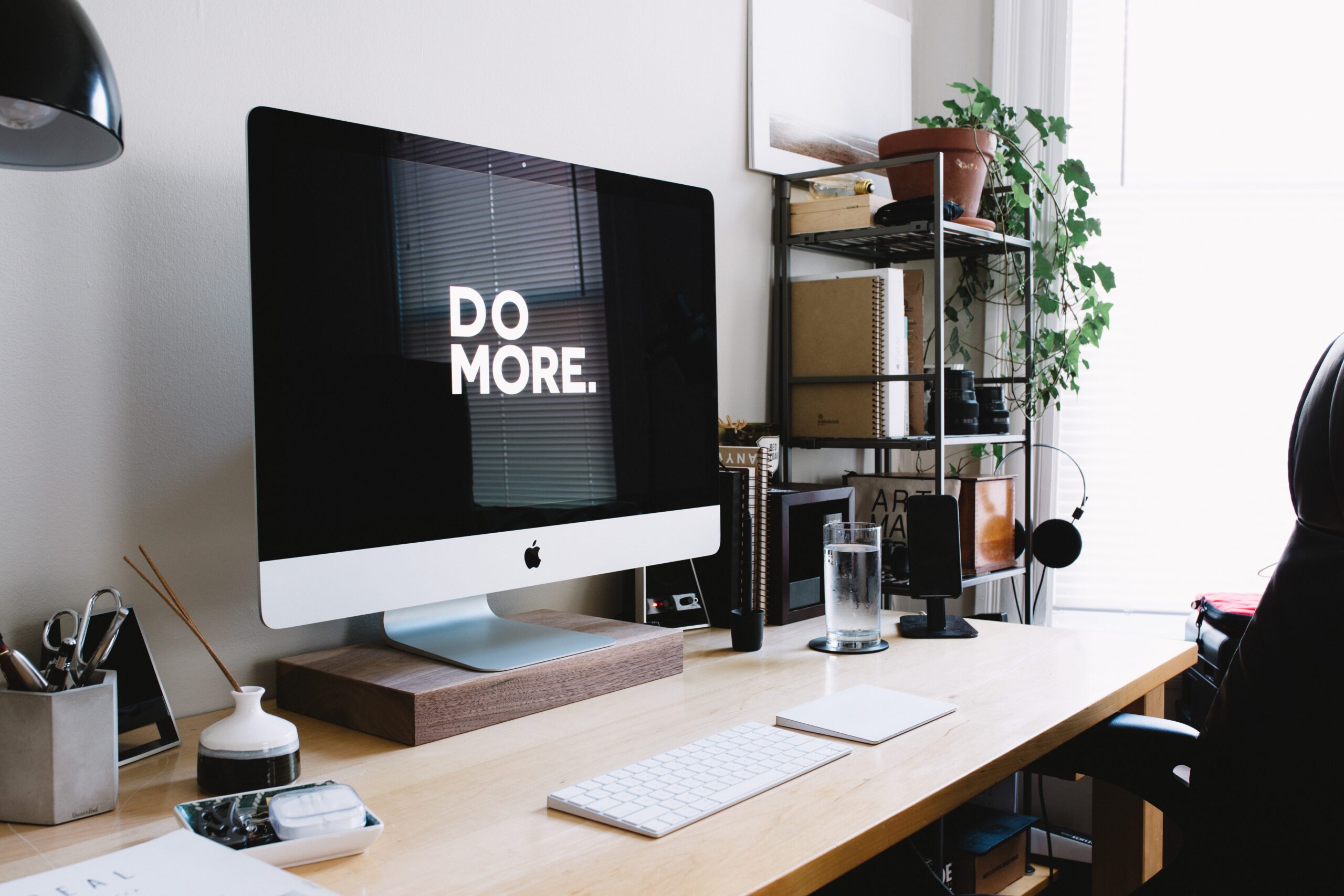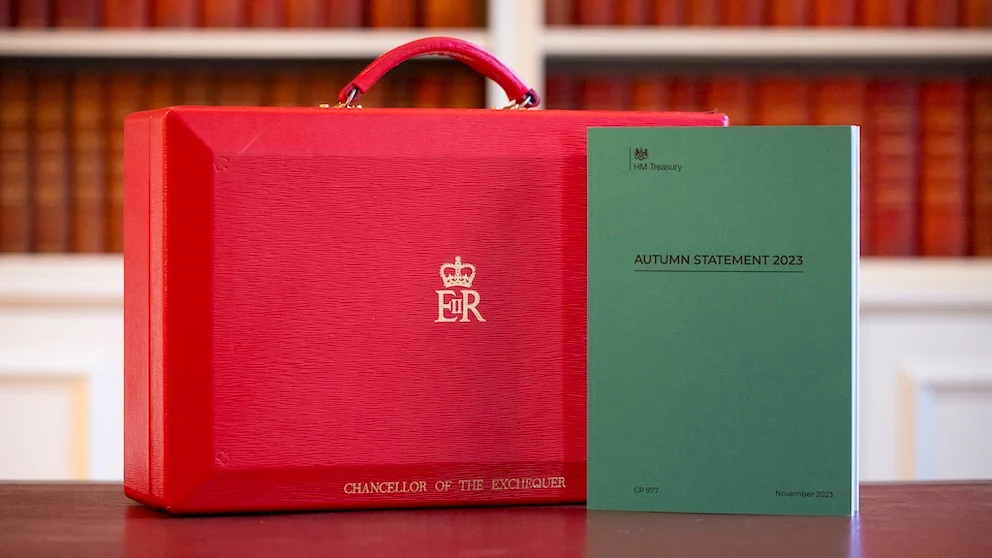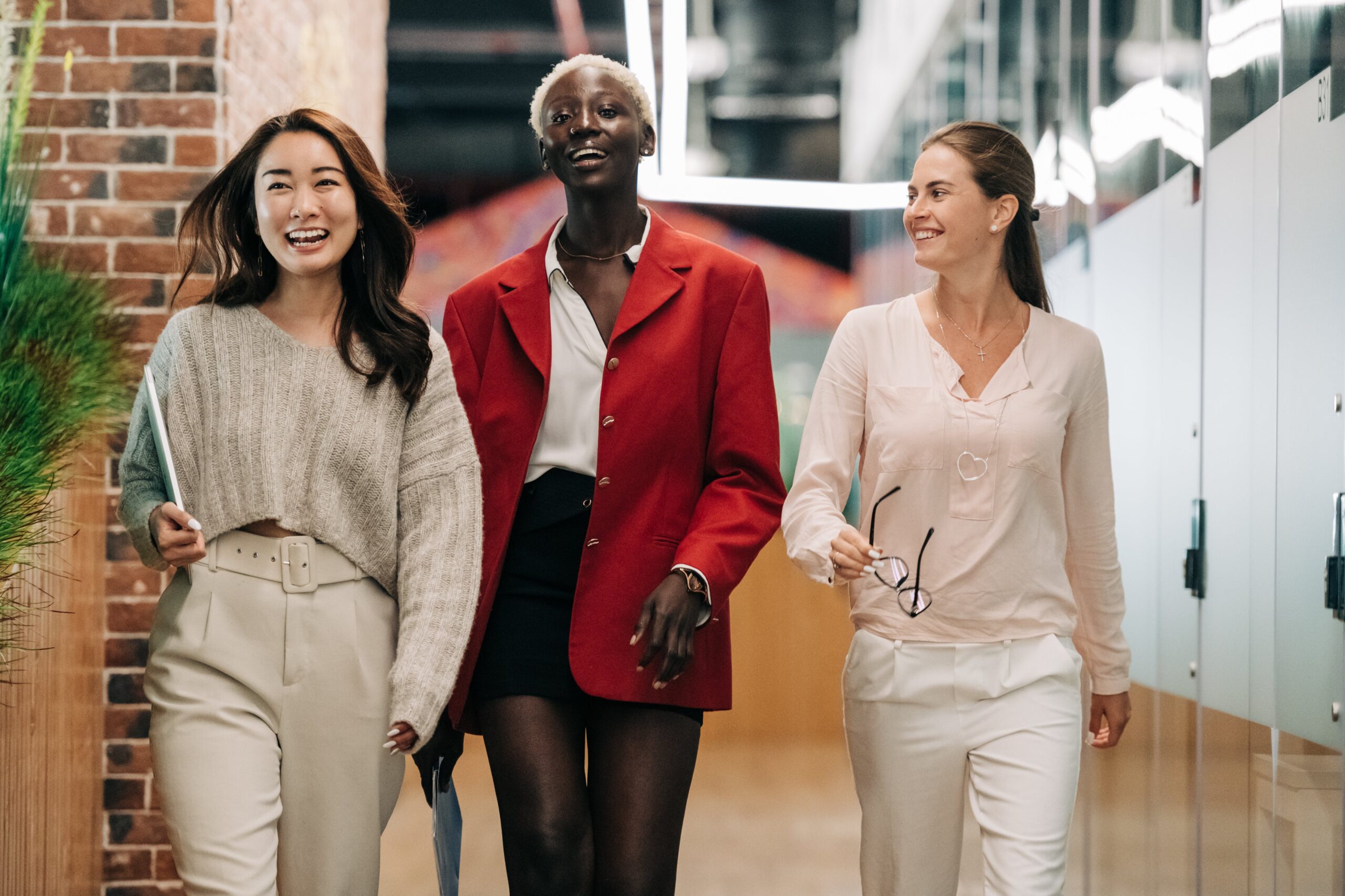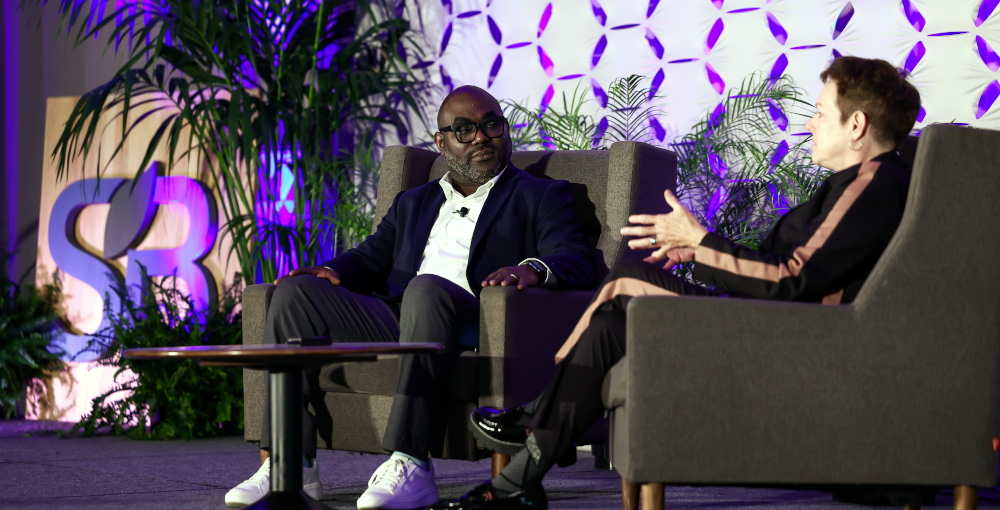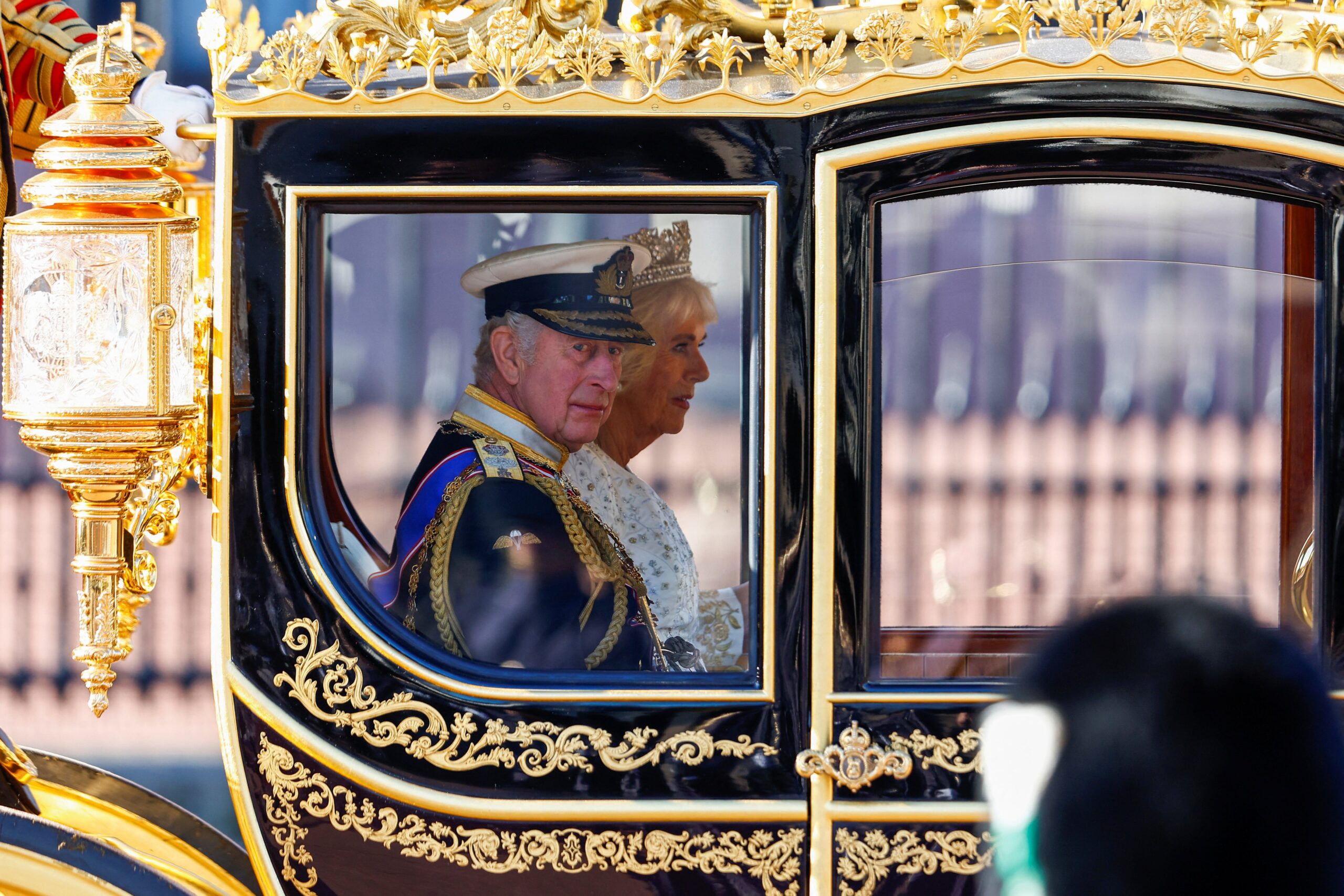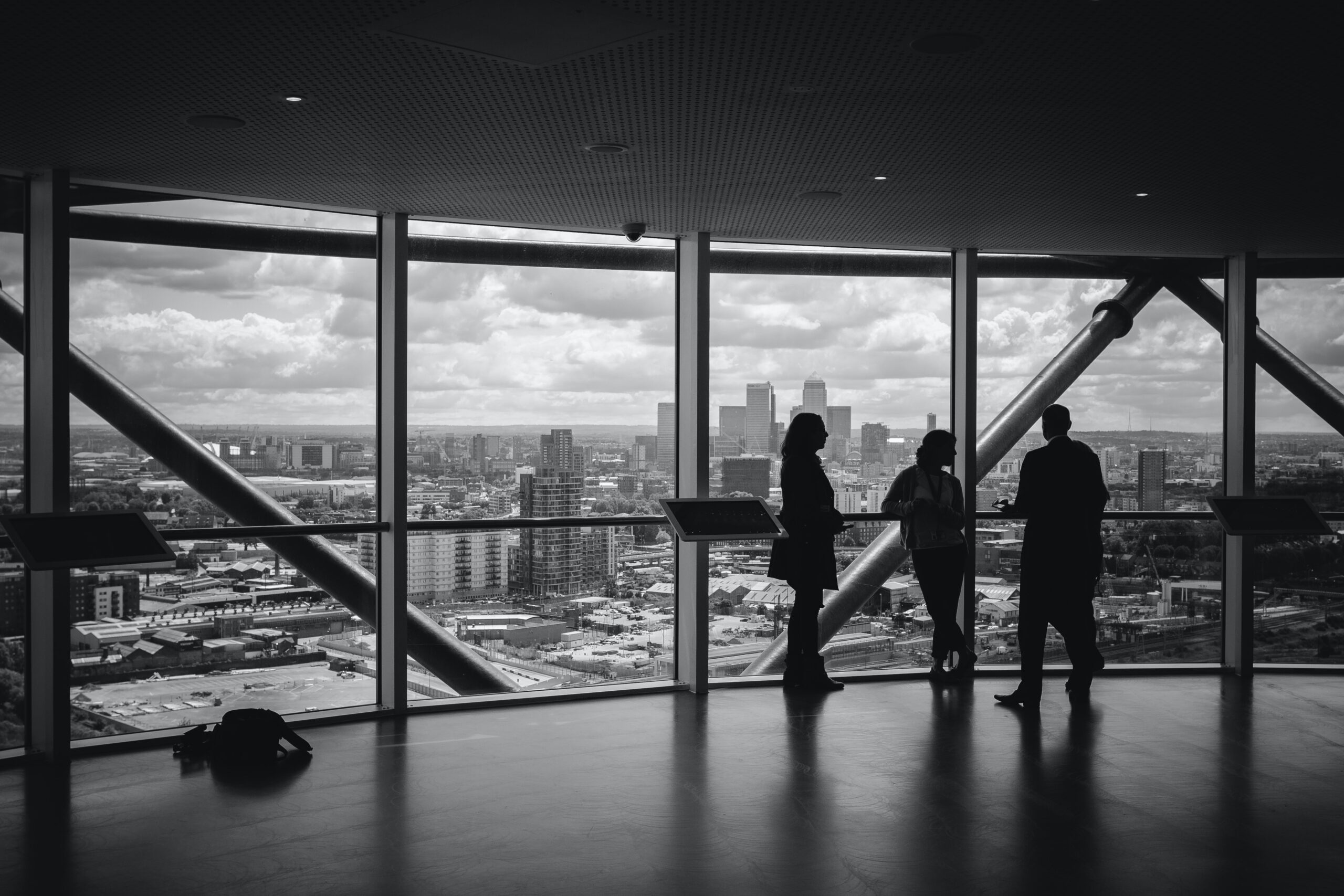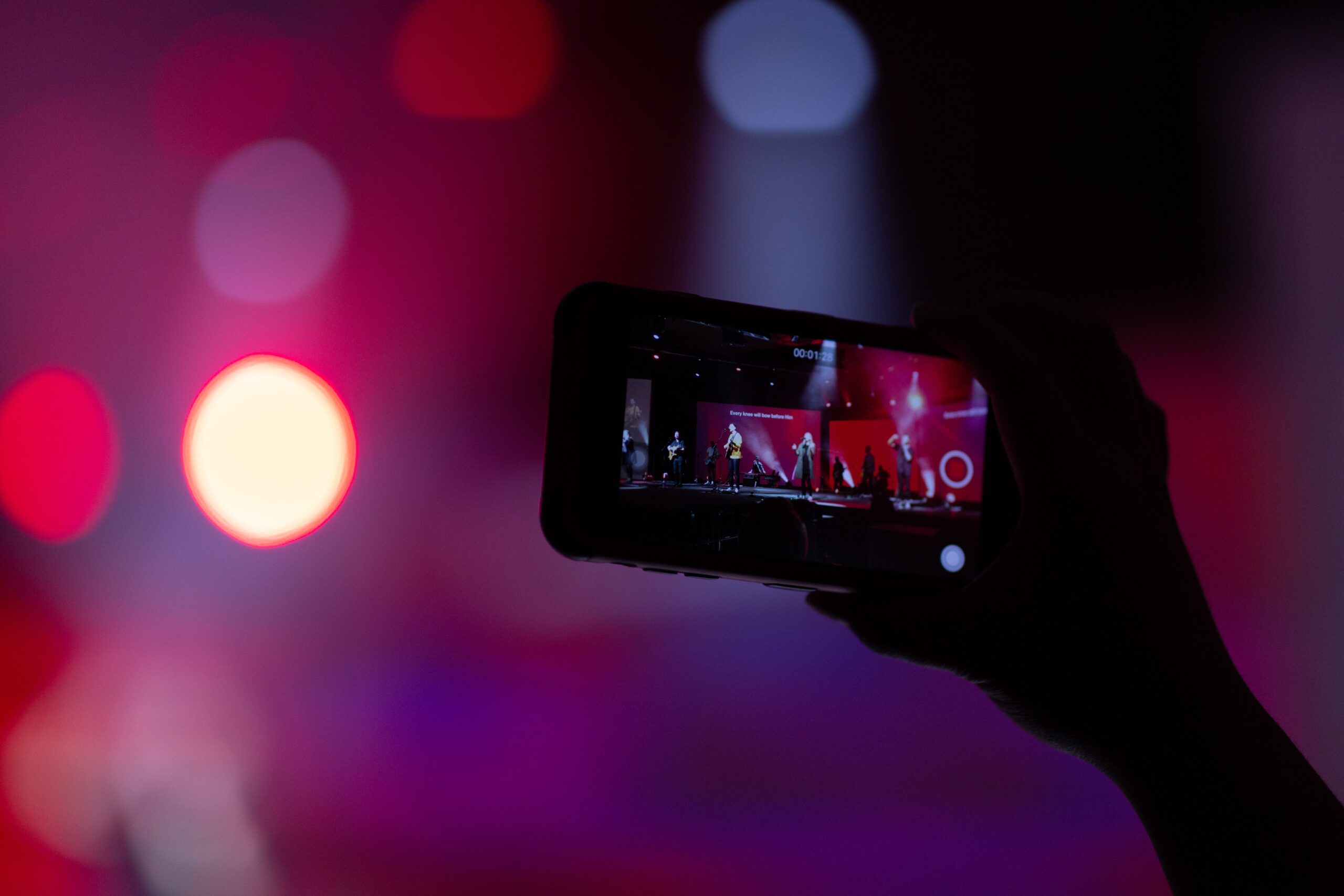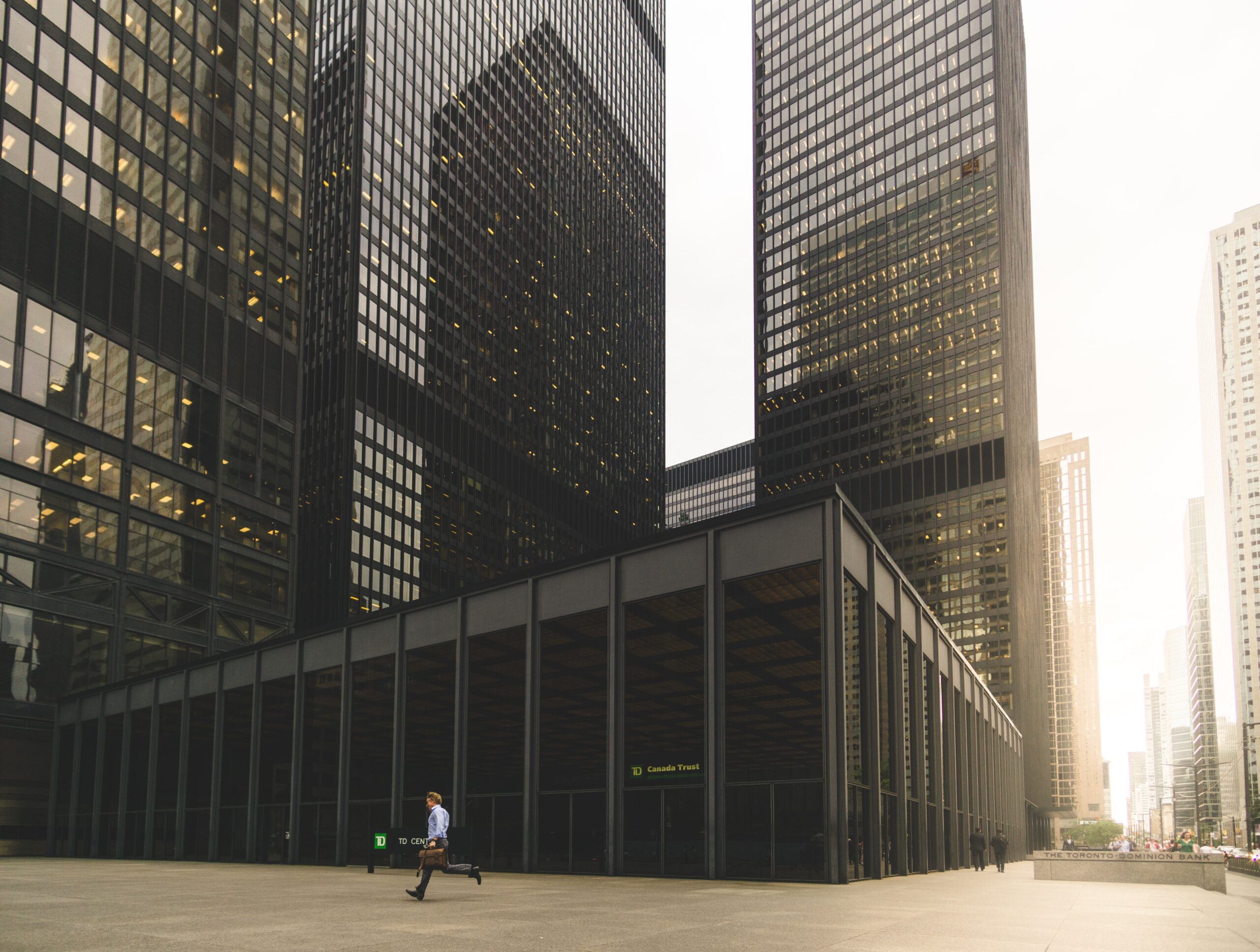Influencer marketing as a marketing discipline has grown worldwide from USD 1.7 billion in 2016 to USD 16.4 billion in 2022[1]. In the US, this growth is projected to continue at a CAGR of 32% from 2020 to 2025, reaching an estimated revenue of USD 24.1 billion by 2025.[2] However, with rapid growth comes new challenges, as exemplified by recent attacks of iconic brands like Target and Bud Light during Pride celebrations, which aim to promote diversity and inclusion.
That is why we were so excited when Platform Social, an influencer broker, invited our global head of purpose and sustainability, Sandy Skees, to join a panel discussion on The Future of Influencer Marketing earlier this month. Sandy is the advisory board chair of Sustainable Brands, the premier global community of brand innovators who have been shaping the future of commerce worldwide since 2006.
Joining her were Amanda Weldon, Content Creator, as the host, and panellists Ashley Riske, Head of Creator Partnerships, Hashtag Paid, Nader Mohamed, Media Partnerships, Snapchat and Christina Mychaskiw, Content Creator.
Two of the reoccurring themes in the conversation were creativity and authenticity, and the power and responsibility that comes with influence. Authenticity emerged as a crucial factor in fostering creativity, as highlighted by Mychaskiw’s personal journey as a creator.
In her early career using Instagram to show off her highly curated shopping excitement, she filtered out from the public the financial stress that this shopping was having on her life. Her creative path became unsustainable as she piled up debt and anxiety. She earned her career breakthrough when she confronted her shopping habit publicly in a video. “That moment of vulnerability expressed in the video took off. People want to know your authentic story,” said Mychaskiw. From there, she pivoted her personal brand to become a guru in minimalist style.
Mychaskiw’s story shows how creators can unleash their power best when their personal mission is aligned with the right brands to tell their authentic story on the right platform. However, as social platforms evolve, they are also changing consumers’ expectations. The medium becomes part of the message and the message is sometimes negative. For example, recent studies have shown how the highly-filtered, highly curated Instagram content has caused harm to teen girls. No wonder many young consumers are now gravitating towards in-the-moment and humorous content on TikTok, considering it to be more real and relatable.
Skees argued that creators can demonstrate their authenticity by being clear on what they want to influence and change. She said, “Find the connection between your personal intention to change the world and brands that align with that intention.”
Skees further pointed out that while brands have a commercial obligation to sell, they are not the world’s enemies. Many brands are making climate and social commitments and are partnering with creators to drive positive change. Consumers are paying attention to how brands are asking them to behave. Creators have the power, and the responsibility, to leverage their audiences’ attention to drive meaningful change. Skees offered some practical suggestions. “Use social cues (in your content) to send a message. What does it say if you use a real coffee cup instead of a disposable one in your video? These small adjustments to how you create content can provide subliminal messages that drive real behavior change. Be intentional.”
Despite the recent push-back on brands that are driving cultural change, Skees was not deterred. “Activists are using, frankly exploiting, brands’ commitment (to DE&I) to manufacture outrage. Maintain your momentum of commitment with action. Let outrage flame and die. Brands don’t suffer long-term consequences if they show commitment to their DE&I mission.”
[1] Statista.com as seen on June 22, 2023
[2] Markets and Markets as seen on June 22, 2023


